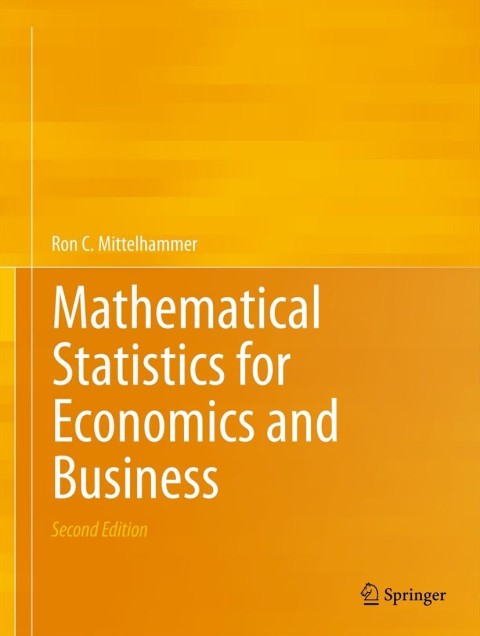Polly Pollster wants to estimate the proportion of voters in Washington State that are in favor of
Question:
Polly Pollster wants to estimate the proportion of voters in Washington State that are in favor of an antitax initiative. She will be using a random sample (with replacement) of 1,000 voters, and she will record their preference regarding the anti-tax initiative. She needs some statistical advice from you.
a. Define a statistical model for the problem of estimating the proportion of voters in favor of the initiative.
b. Define the MVLUE for the proportion of voters in favor of the initiative. Justify that your estimator really is a MVLUE.
c. Is the estimator that you defined in
(b) a consistent estimator of the proportion of voters in favor of the initiative? Is it a CAN estimator? Is it asymptotically efficient?
d. Assume there are two million voters in the state. What is the probability that the estimator you defined in
(b) generates an estimate that is within
\(\pm .03\) of the true proportion of voters favoring the initiative? (Note: This may be a function of unknown parameters!)
e. Polly summarized the outcome of the random sample as \(\sum_{i=1}^{1000} x_{i}=670\), where \(x_{i}=1\) indicates that the \(i t h\) sample voter was in favor of the initiative, and \(x_{i}=0\) otherwise. Estimate the proportion of voters in favor of the initiative. Given your result in (d), if the election were held today, would you predict that the initiative would pass? Why or why not?
Step by Step Answer:

Mathematical Statistics For Economics And Business
ISBN: 9781461450221
2nd Edition
Authors: Ron C.Mittelhammer





